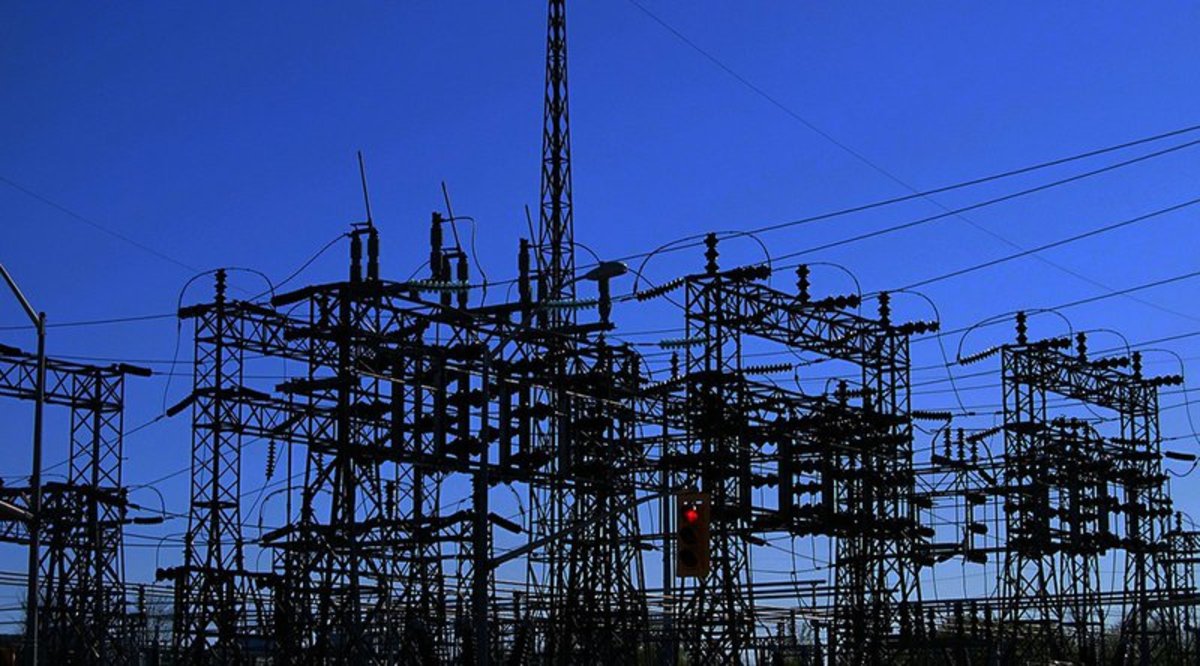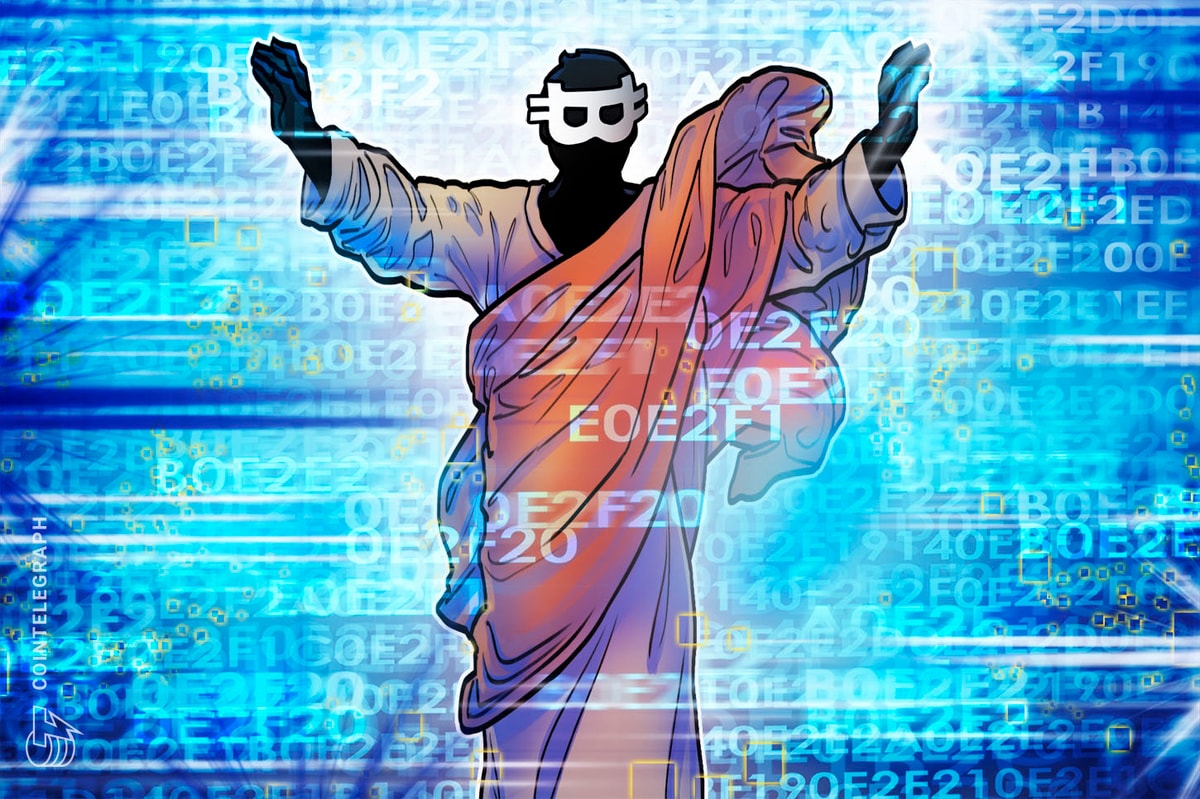
An experimental energy microgrid in Brooklyn, New York, shows how energy-generating homes can become part of a peer-to-peer electricity system, Fast Coexistreports. The project, part of the Brooklyn Microgrid ‒ a distributed energy development group in the Park Slope and Gowanus communities of Brooklyn, creating a connected network for local energy ‒ also shows how distributed ledger technology could enable the emerging "energy Internet."
The project starts small: “On one side of President Street, five homes with solar panels generate electricity. On the other side, five homes buy power when the opposite homes don't need it. In the middle is a blockchain network, managing and recording transactions with little human interaction.” But the idea is big, and could represent the future of community-managed energy systems.
The project, called TransActive Grid, is a joint venture between Brooklyn Microgrid developer LO3 Energy and blockchain technology developer ConsenSys, a startup focused on Ethereum applications, whose partnership with Microsoft for cloud-based blockchain applications has been recently covered by Bitcoin Magazine.
"We're setting up a market on this street for renewable electrons to test if people are interested in buying them from each other," says LO3's founder Lawrence Orsini. "If you produce energy far away, there's a lot of losses, and you don't get the value of those electrons. But if they're right across the street, there's a lot of environmental and system efficiency that's being realized from being very close to one another."
The Transactive Grid is a pilot project that, if successful, could be extended to the whole Brooklyn Microgrid. According to Orsini, 130 homes have expressed interest so far. Orsini’s key point ‒ that the local exchanges enabled by smart energy grids can be much more efficient and environmentally friendly than traditional top-down energy distribution systems ‒ could permit important overall cost savings, benefit society as a whole and demonstrate the power of distributed ledgers.
TransActive Grid includes a hardware layer of smart meters and a software layer using the blockchain and smart contracts ‒ self-enforcing contracts on the Ethereum blockchain which provide an auditable, non-repudiable and cryptographically secure history of automated transactions. The participants’ homes are equipped with smart meters linked to the blockchain to track the electricity generated and used in the homes and manage transactions between neighbors.
“The microgrid project is developing distributed power generation and storage assets in the physical world while ConsenSys is building an Ethereum-enabled platform layer in the digital world on top of which the business logic can reside so that we can begin to explore empowering participants within the microgrid to transact with each other peer-to-peer,” notes John Lilic, a ConsenSys specialist who works at the intersection of blockchain technology and energy markets.
Lilic explains how the energy meter data from the participants within the microgrid becomes an oracle that feeds into Consensys’ token issuance and management system to create tokens representing the electricity surplus generated by the prosumers’ solar arrays. The tokens, which indicate that a certain amount of energy was produced from a renewable energy source, can be transacted on the blockchain and transferred from one smart meter wallet to another.
“Prosumers” ‒ producers and consumers at the same time ‒ is a new buzzword that is becoming popular in the emerging sharing economy. In the TransActive Grid concept, prosumers can control their own local energy: Consumers can choose whether to buy energy from their neighbors or other renewable energy sources. Home energy producers can sell their surplus to their neighbors, and communities can keep energy resources local, reducing dissipation and increasing micro and macro grid efficiency.
It seems evident that the application development focus in the blockchain world is shifting from payments and financial applications to smart contract-based management of physical resources in the Internet of Things (IoT), of which networked smart energy meters represent an instance.
Blockchain technology, which is decentralized, secure and self-executing, permits developing sophisticated data networks for efficient, self-executing community management of energy networks. “It could be what finally allows us to shift from a top-down energy system of big power plants to a two-way system of local control and greater self-reliance,” concludes Fact Coexist.










